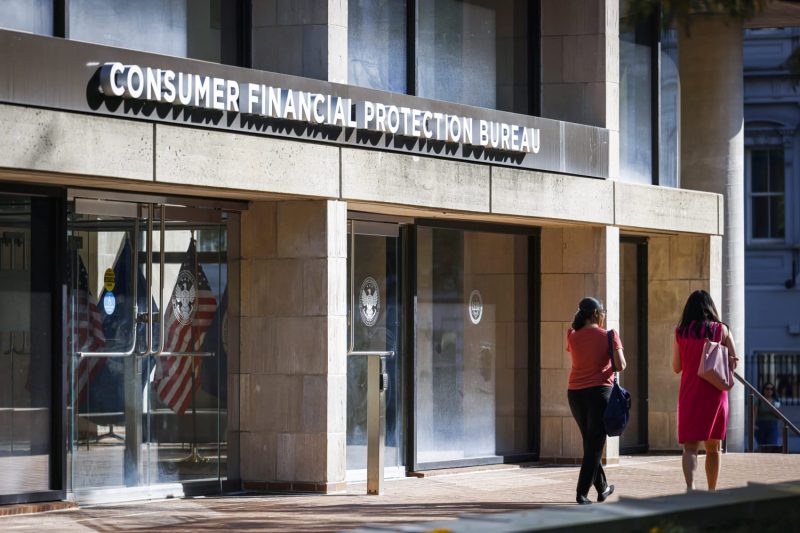The Consumer Financial Protection Bureau (CFPB) recently introduced a rule that has the potential to provide significant financial relief to American consumers. The rule, aimed at curbing excessive late fees charged by financial institutions, could save Americans an estimated $10 billion yearly. However, despite the clear benefits to consumers, the rule faces the threat of a last-minute freeze, which has sparked controversy and debate within the financial industry.
Late fees have long been a contentious issue for consumers, with many feeling burdened by the high costs imposed by banks and credit card companies. The CFPB’s rule seeks to address this issue by limiting the amount of late fees that financial institutions can charge. By capping these fees, the rule aims to protect consumers from excessive charges and provide them with much-needed relief in the face of financial hardship.
Proponents of the rule argue that it is a crucial step towards safeguarding consumers’ financial well-being. They believe that by curbing excessive late fees, the rule will help prevent consumers from falling further into debt and provide them with the opportunity to better manage their finances. Additionally, supporters highlight the significant savings that American consumers stand to gain, which could have a positive impact on the overall economy.
On the other hand, opponents of the rule have raised concerns about its potential impact on financial institutions. Some argue that limiting late fees could restrict banks and credit card companies’ ability to generate revenue, leading to potential cutbacks in services or increased costs for consumers in other areas. Additionally, opponents question the CFPB’s authority to implement such a rule and suggest that it may overstep its regulatory boundaries.
The looming possibility of a last-minute freeze on the rule has only added to the uncertainty surrounding its future. Critics of the rule have intensified their efforts to delay or block its implementation, citing reasons such as its potential economic implications and legal challenges. At the same time, consumer advocacy groups and supporters of the rule continue to push for its swift implementation, emphasizing the benefits it could bring to American consumers.
As the debate over the CFPB’s rule unfolds, it is essential for policymakers, industry stakeholders, and consumers to carefully consider the implications of potential decisions. Finding a balance between protecting consumers from excessive fees and ensuring the financial stability of institutions will be crucial in determining the rule’s long-term impact. Ultimately, the fate of the rule will have far-reaching consequences for American consumers and the financial industry as a whole.
